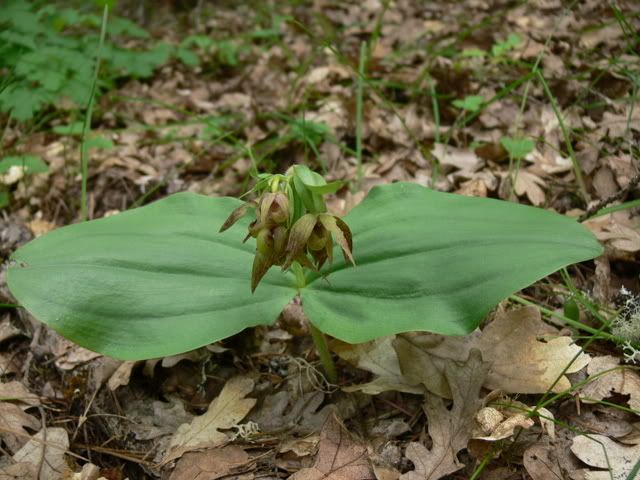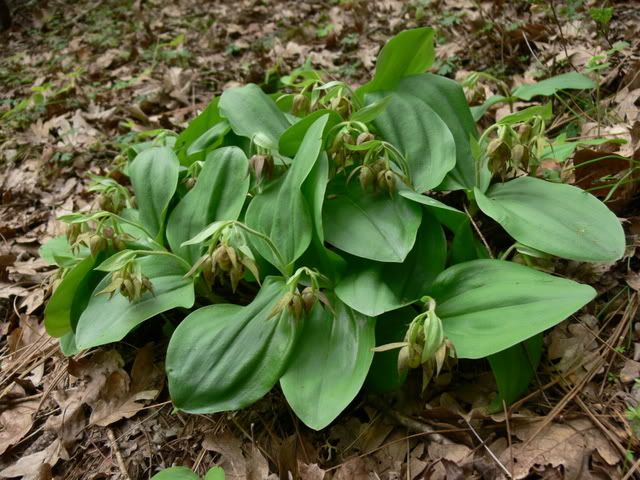Memorial Day weekend: my favorite weekend of the year.
We had a lot of places to visit this year! I'll start with an unlikely event. We first drove to the most northernly location of our trip, where we were visiting another Cyp fasciculatum population. Instead, I found a log that had fallen directly on top of the center of the population!

I counted only 6 or 7 plants left, down from 13. ... I was a little disappointed, but hopefully the new light will help Cyp seedlings to develop and refresh the forest 5 years from now. Oh well... circle of life. Here's a photo of the Rogue river to lighten the mood.

Next, we drove to my favorite place in the Pacific NW: Southern Oregon Serpentine! Here's a photo of prime Cyp habitat.

There are few places like this on Earth. The bog is dominated by Darlingtonia (the west coast pitcher plant) and in the drier areas Rhododendron occidentale, pines and red cedar. Outside of the bogs, the landscape is pines, fir, manzanita and many species of small oak. Here is another bog. You can see the abundance of pitchers in the center and the masses of fragrant Azaleas around the periphery. Smelling them always makes me want to have a yard just full of Azaleas!

Now for the Cyps.
On average, Cyp californicum plants are about a foot tall with 5-15 stems, each with 5-15 flowers; however, the few that are large are amazing! Here is a plant that I have informally named "Thousands." Guess why.
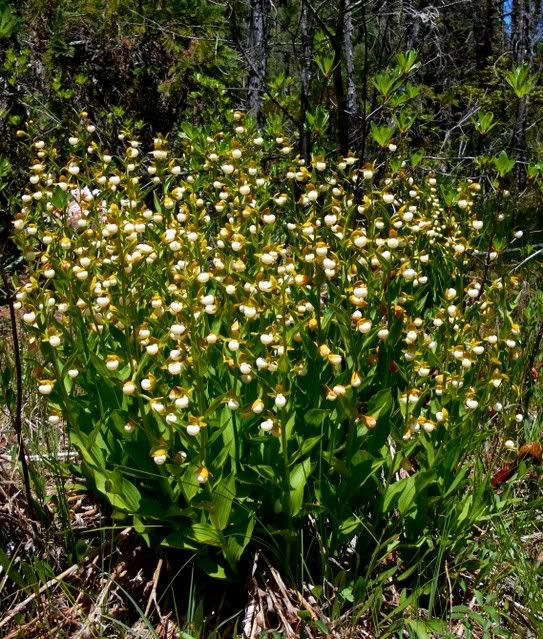
I counted 85 stems and took a quick average of flowers per stem to estimate 700+ flowers on this one clump! This is the biggest clump I have ever heard of or seen. It was Awesome! Here are a two more photos from Thousands including one with my friend David, for scale...

Just 15 feet away from Thousands was a plant I have named "Tall Sepals". At first, I thought it could be a hybrid with Cyp montanum because it has such unusually tall dorsal sepals.


This area around these plants was the most prolific Cyp habitat I have ever seen. All around me were dozens of unusually large plants with unusually large numbers of flowers! I was swimming in a sea of tiny green and white flowers. Amazing. I definitely saw WAY more Cyp flowers this year compared to last year...
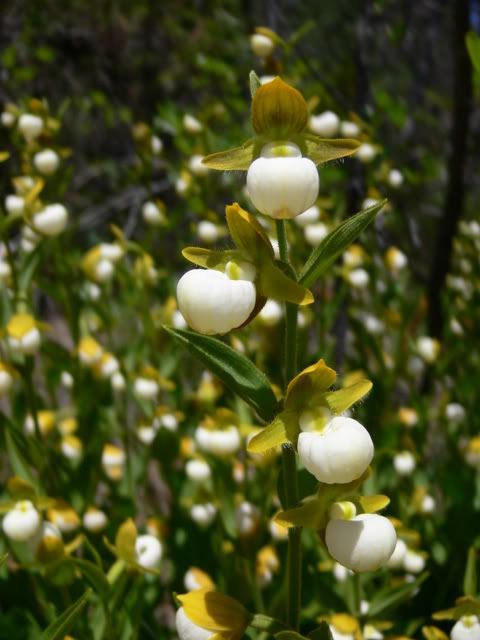
Out in the main area of the bog where it is much sunnier, the plants are shorter with smaller flowers. By carefully examining a few plants, I found an example of an abnormality that I haven't yet seen: a flower with two stigmas & two dorsal sepals.

Down the valley, there are many bogs, but none are this big or amazing! Here is an out of place Cyp cal living in the boulders.

Before moving on, a few random photos. An unusually nice Iris bracteata. Wish I had these in my garden instead of those stupid blue flag iris!

The moon. It was nearly full during our trip... it made star gazing hard!

Last, two very nice guys from Corvallis area. Brothers Elias and Aaron (sorry spelling?) were doing surveys for BLM on Lomatium cookii. Wish that I knew more people like them!
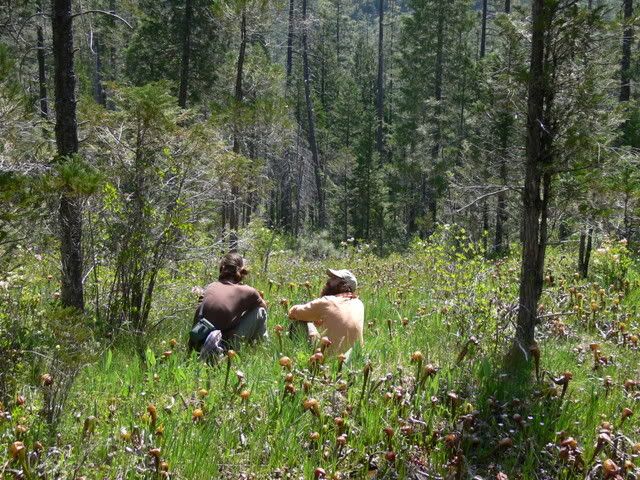
On one of our many day trips from our campsite, we drove to another population of Cyp cal, near a mountain stream. This population was much smaller, holding less than 50 adult plants; however, the increased shade from above and increased open land below makes this one special. The shade makes the plants Big and tall on average with very large flowers.

Unlike the previous bogs which have grass & Darlingtonia almost everywhere, this spot had earth, and soil is where seedlings start! This patch had more seedlings than I have ever seen at all the other bogs combined, and it was just 30 feet by 20 feet. Cyp cal seedlings grow fast in the right conditions.

Back in the valley, here are two photos: one from last year, and one from this year of the same seedling. Hopefully, those from flask will grow this fast!
2006

2007
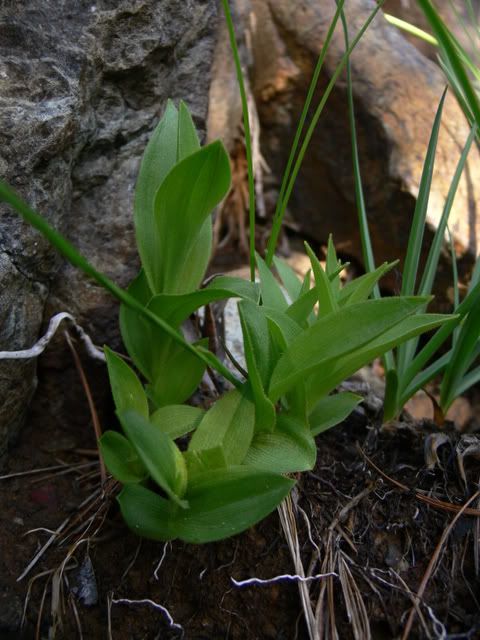
On Another day trip, we went to visit a tiny population of 10 stems, 3 blooming, of Cyp montanum.

This trip was made very special by the discovery of an all green Cyp montanum praetertinctum!

Can you imagine a hybrid of this with Cyp californicum "Tall Sepals"... Unfortunately, I didn't. But I will next year! That pretty much wraps up Southern Oregon's Cyps for 2007.





























